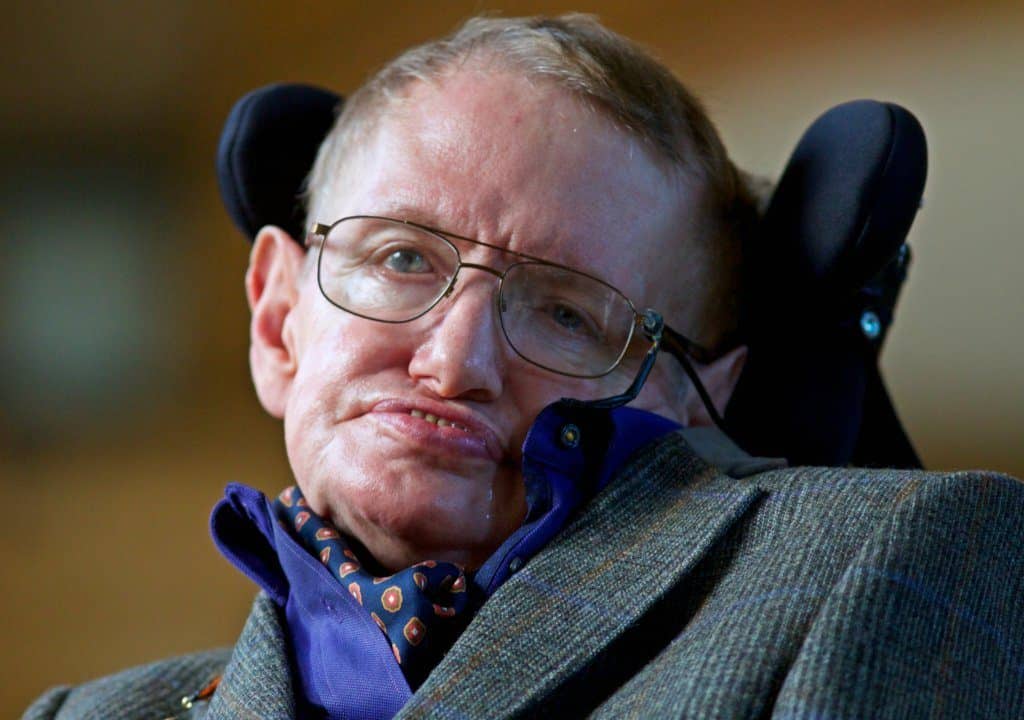Biodecoding focuses on finding the biological and emotional conflict hidden behind an illness. This discipline examines how emotions and unresolved internal conflicts can physically manifest in our bodies. A notable case is Amyotrophic Lateral Sclerosis (ALS), the disease that affected the famous scientist Stephen Hawking.
Emotional Conflicts and Body Paralysis According to Biodecoding
Original Biological Decoding seeks to understand the biological conflict causing an illness. In the case of paralysis, it aims to identify the emotional conflict related to the inability to move or escape.
Mobility Conflicts: Paralysis and Biological Conflicts
According to the first biological law, before any symptoms appear, an unexpected, dramatic conflict experienced in isolation has occurred. This conflict, unable to be adequately expressed, is stored in the body and manifests as illness. Neurological diseases, despite their different symptoms, share a common conflict related to movement and muscular activity.
The nervous system, both central and peripheral, has the function of transmitting information to perform necessary movements for various actions such as:
- Grabbing or moving objects with the arms.
- Moving from one place to another with the legs.
- Turning parts of the body like the head or spine.
- Performing fine gestures with the hands.
- Standing up thanks to the extensor and support muscles.
The balance in the orders issued by the nervous system and their reception by the muscles is essential for performing these activities. When there is a conflict in this balance, it can result in paralysis.
Trapped with No Way Out: The Conflict of Thwarted Movement
A common denominator in these conflicts is the frustration in movement, as described by Gregory Bateson. This conflict involves wanting to move in a certain direction or perform an action but facing contradictory orders, resulting in paralysis. This situation is described as being “trapped with no way out.”
Examples of this type of conflict include:
- A child who wants to play but feels guilty because his mother tells him that leaving means he doesn’t love her.
- A teenager who wants to go out at night but receives a contradictory message about her moral worth.
- An adult who wants to separate from their partner but faces emotional threats that hold them back.
These situations create an emotional and physical block, preventing free movement.
Examples of Thwarted Movements
In addition to everyday examples, extreme situations can cause these conflicts. For example:
- People who want to emigrate to improve their living conditions but are deported or confined in refugee camps.
- Individuals fleeing wars or natural disasters who face obstacles preventing their mobility.
Kidnapping, forced confinement, abuse and other forms of involuntary detention are clear examples of stopped movements where there is no freedom of movement.
The Case of Stephen Hawking
Stephen Hawking is a prominent example of how emotional and biological conflicts can influence the onset of neurological diseases.
Born in 1942 during World War II, he grew up in an environment of constant stress and danger. His mother, to protect herself and her unborn child, moved to Oxford due to the bombings in London.
From a young age, Hawking was exposed to an environment of fear and danger. When he was three years old, a bomb fell near his home, an event that could have left a deep emotional mark. At 21, when he began his postgraduate studies at Cambridge, he experienced disappointment when he couldn’t work with Fred Hoyle, the mentor he desired. Shortly after, he was diagnosed with Amyotrophic Lateral Sclerosis (ALS).
Resolving Family Conflict
The diagnosis of ALS began a process of progressive paralysis for Hawking. First, his limbs began to paralyze, followed by his back, until he relied completely on a wheelchair. In 1985, a tracheotomy took away his ability to speak, but not his determination to communicate and continue working.
Hawking is an example of how biodecoding can provide a perspective on underlying biological conflicts. His life was marked by situations of thwarted movement:
- His pregnant mother’s move to escape the bombings.
- The bombings near his home during his childhood.
- The disappointment of not being able to work with his desired mentor.
- The diagnosis of a degenerative disease that limited his mobility.
These events may have contributed to the manifestation of his disease from the perspective of biodecoding.
Despite his illness, Hawking became a prominent theoretical physicist, challenging established scientific beliefs and defending his ideas with courage. His ability to adapt and his sense of humor are reflected in his own words: “Life would be tragic if it weren’t funny.”
FAQ: Frequently Asked Questions about Biodecoding and Neurological Diseases
What is biodecoding?
Biodecoding is a discipline that seeks to identify and address the biological and emotional conflicts believed to be at the root of physical illnesses. It is based on the idea that emotions and unresolved conflicts can manifest physically in the body, causing various diseases.
How can an emotional conflict cause a neurological disease?
According to biodecoding, before any symptoms appear, an unexpected, dramatic biological conflict experienced in isolation occurs. If this conflict is not resolved, it remains stored in the body and manifests as a disease. In the case of neurological diseases, these conflicts are often related to the inability to move or escape.
What is the biological conflict behind paralysis?
The biological conflict behind paralysis is related to frustration in movement. This involves wanting to move in a certain direction or perform an action but facing contradictory orders, resulting in an inability to move. This conflict is described as being “trapped with no way out.”
How is biodecoding related to Amyotrophic Lateral Sclerosis (ALS)?
In the case of ALS, biodecoding suggests that emotional and biological conflicts related to mobility may influence the onset of the disease. Stephen Hawking’s life, for example, was marked by situations of thwarted movement, which could have contributed to his diagnosis from the perspective of biodecoding.
Is biodecoding effective for treating neurological diseases?
The effectiveness of biodecoding is not scientifically proven and is subject to debate. Some people find relief by addressing their emotional conflicts, while others prefer conventional medical treatments. It is important to consult with healthcare professionals and consider all available options.
The relationship between emotional conflicts and neurological diseases is complex and multifaceted. Biodecoding suggests that resolving these conflicts can alleviate symptoms and improve quality of life. Although more research is needed to validate these theories, the holistic approach of biodecoding provides a valuable and complementary alternative to conventional medical treatments.
With information from Ángeles Wolder




